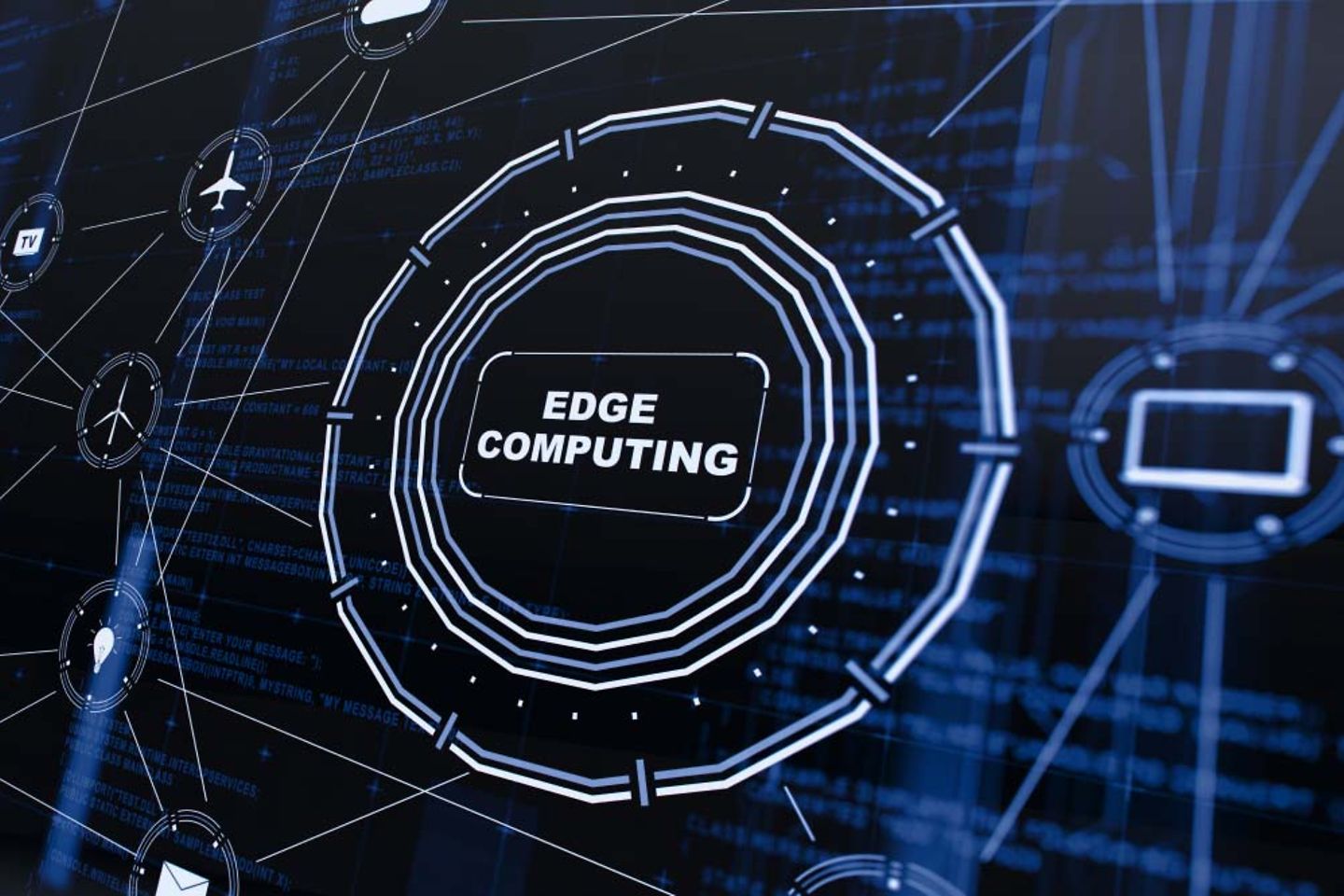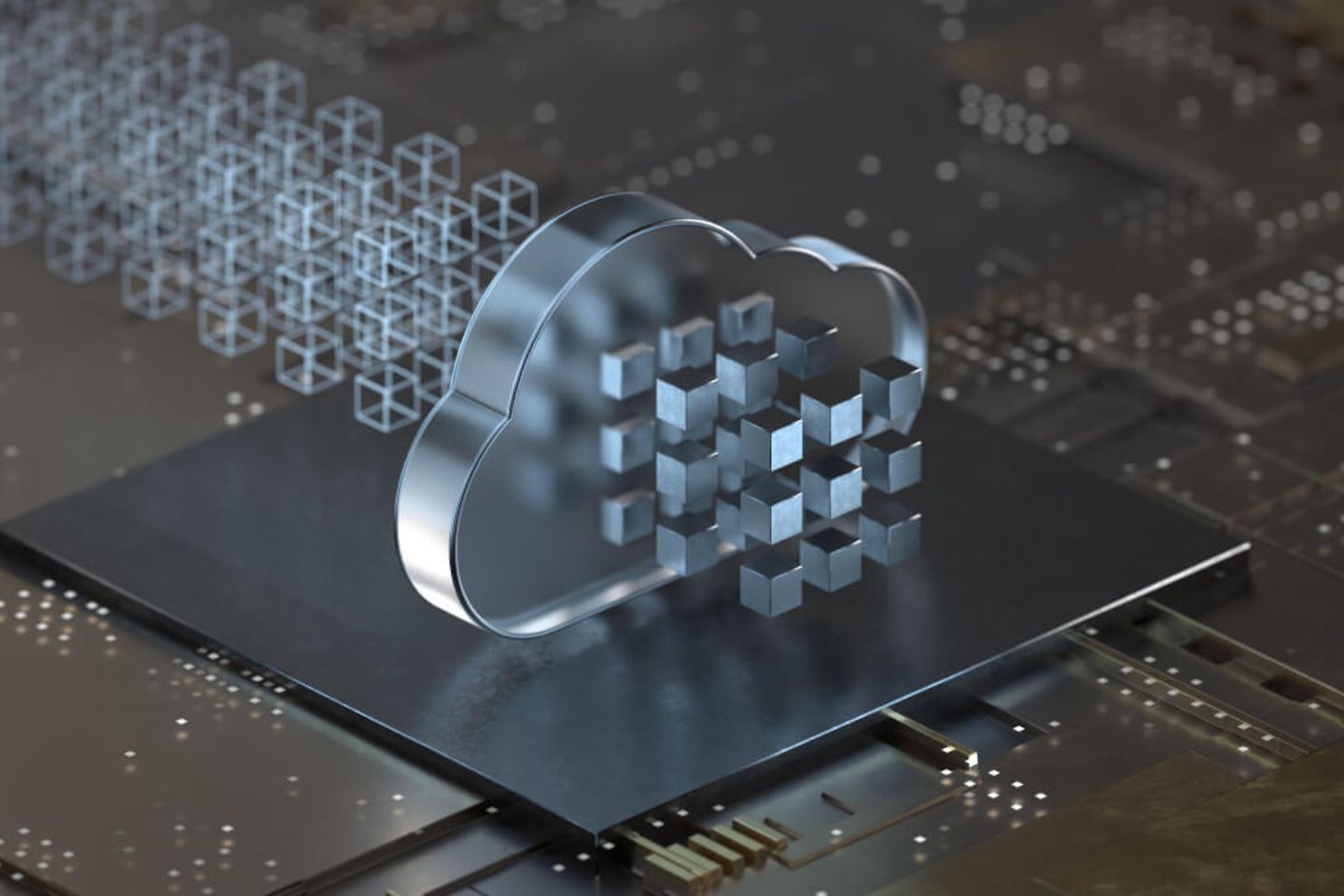
Edge computing makes it possible for companies to process data on the premises in real time, saving time for critical use cases or to increase data security by screening data. But not every use cases requires edge. Edge can be the required extension of cloud, supported by connectivity such as 5G, to ensure companies conbine IT and OT efficiently.

Companies need high-performance networks to respond to growing demands for new and developing applications and to remain competitive. Much like operations technology, such as robot control, and IT are merging through the consolidation and central analysis of data, edge and cloud computing are also complementary concepts that can secure the competitiveness of manufacturing companies. It’s important that they are considered in an integrated way and can be combined on a common platform as a cloud-edge continuum.
Only then can there be sustainable added value through the use of a cloud ecosystem and its components on the edge. Automated control of transport robots in flexible manufacturing, networking of complex processes with applications from the Internet of Things (IoT) and visual quality controls in production and maintenance processes supported by augmented-reality glasses. With the use of modern IT possibilities like AI and the IoT, manufacturing companies are beginning a new chapter in production and are staying competitive – even against the background of the skilled worker shortage.
The vision of smart factories is inspiring. But this of course begs the question: where is the processing power coming from? Which infrastructures and platforms should manufacturing companies rely on? The cloud? It has been discussed intensively and already proven itself in the blue collar environment, as well as having clear merits in the field of operational technology. But what about real-time applications for manufacturing with the cloud? A difficult question, as there needs to be a consistently stable internet connection, for example.
What needs to be done? Processing power needs to get closer to the real action. A type of data processing is needed that is physically as close as possible to where data are produced and used, for example on the machines. This is the concept of edge computing. Edge computing is a new paradigm for decentralized data processing. The goal of edge computing is to expand cloud computing to create a better and more comprehensive basis for today’s challenges to digital systems and therefore facilitate innovations.
Of course, the idea of keeping processing capacity on the premises is nothing new. We are thinking about local data centers. What’s new here is that edge computing makes it possible to create an attractive ecosystem for OT management that removes the previous need to construct cumbersome isolated solutions and platforms. Platform as a service is the key idea here, but high security and the protection of company and employee data is also paramount.
The term edge computing encompasses all devices that operate on the edge of a central network. Edge computing can be differentiated into three basic variants that fulfill particular latency requirements for applications:

These three edge variants, when combined with cloud computing, can realize a wealth of applications in the manufacturing environment. But the reality is that there also isn’t a killer use case for edge computing. Even if an individual case, like object recognition using AI, produces noticeable added value that reduces employee workload from time-consuming and less demanding tasks, the business case is usually not so positive. Siloed approaches don’t pay off long term – this phenomenon can be observed with all “pacesetting technologies” (like the cloud and 5G).
Edge computing is often unjustly reduced to an infrastructure topic. As mentioned at the start, edge computing goes way beyond infrastructure. It covers many different aspects, from intelligent integration with connectivity, down to the platform ecosystem. Here, a transparent infrastructure made up of the edge and cloud is produced that can organize and supply software components depending on application demands.
At the end of the day, this is one of the main duties of edge computing: consistent management of a distributed digital infrastructure made up of different types of edge, cloud components, and servers. This therefore means that to create added value through edge computing, companies need to stop considering the cloud and edge as hardware and viewing individual use cases as a strategy. Instead, they need an integrated, managed, scalable, reusable, and cost-efficient basis that blends seamlessly into the existing infrastructure and adds value.
A comprehensive platform strategy beyond cloud and edge computing (the cloud-edge continuum) is the basis of a sustainable digitalization strategy.
A strategic installation such as this requires the input of different parties from IT and other departments, access to expertise in integration and connectivity and a future-proof platform. This common platform combines the cloud, distributed (edge) computing resources, network infrastructure, connectivity solutions like 5G or WiFi 6, and integrated IT/OT architecture in line with the booming topic of (industrial) IoT.
Where is the journey for the cloud-edge continuum heading in the industrial sphere? Together with IDC and our partners AWS and Intel, we have consulted over 300 managers in Europe. We report our results in our event: “A game-changer: data-driven transformation with integrated edge & cloud" on 12/07.